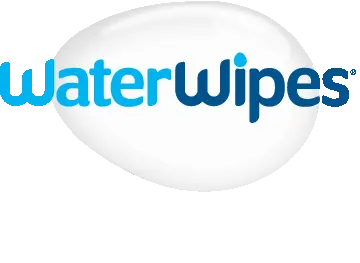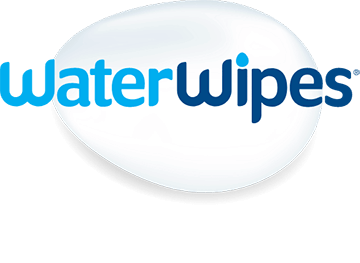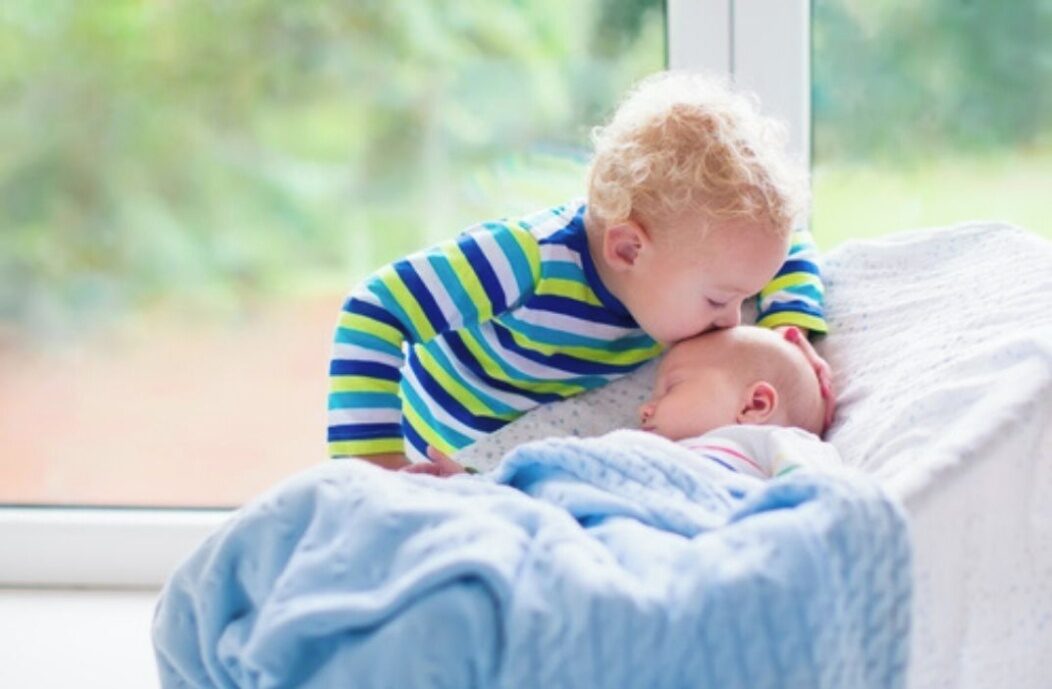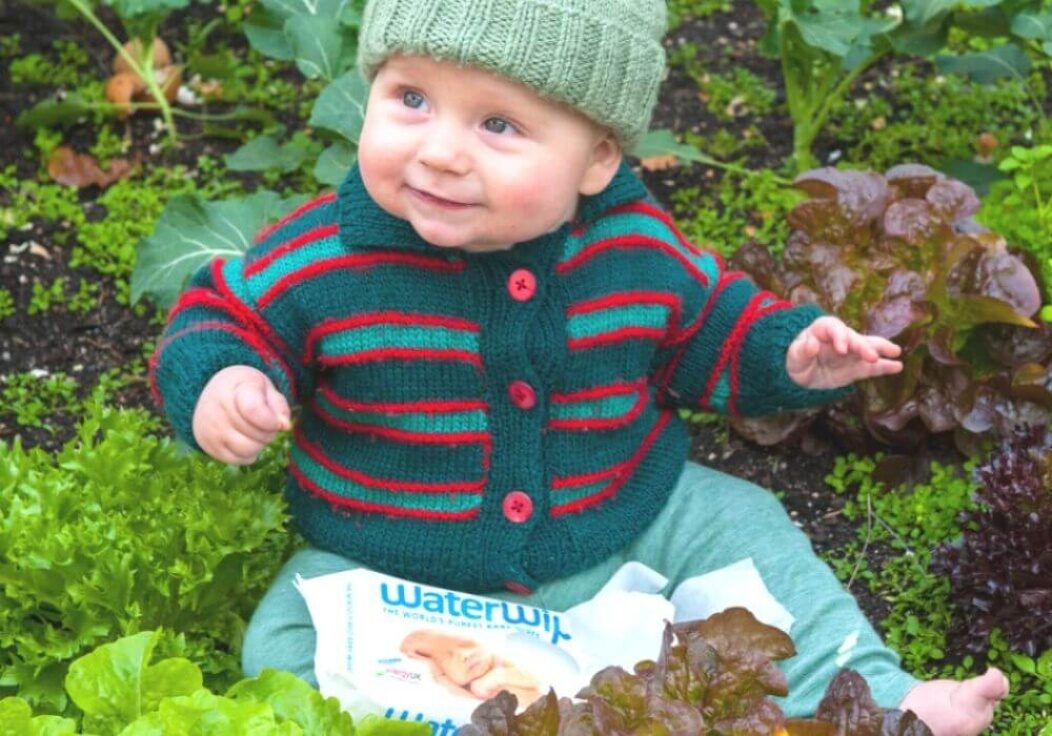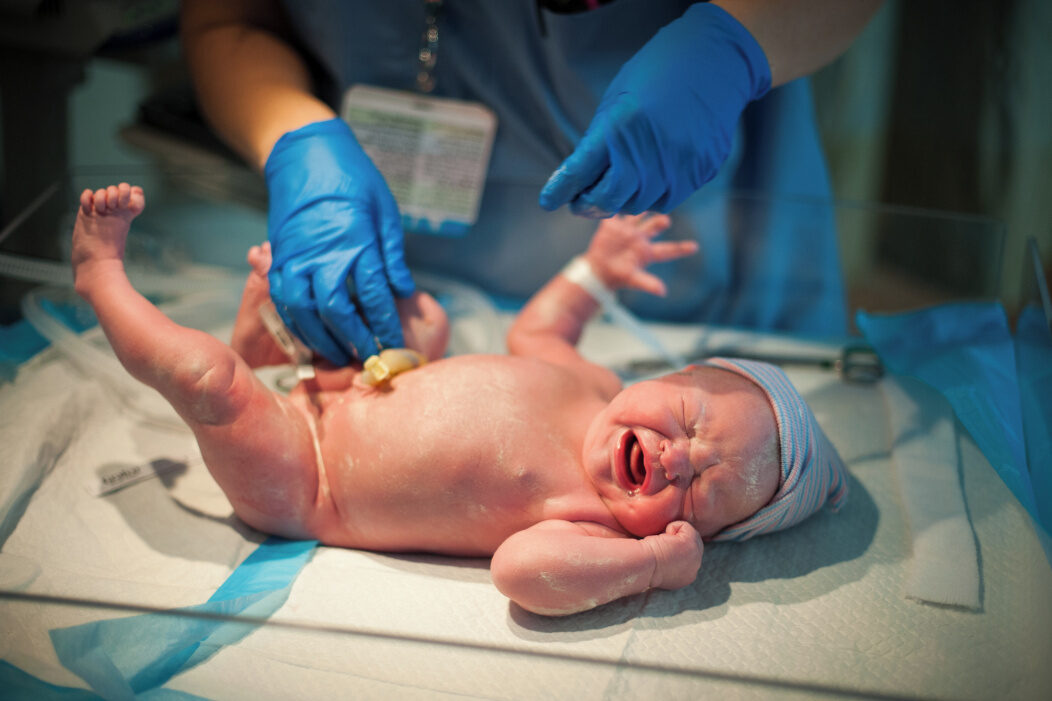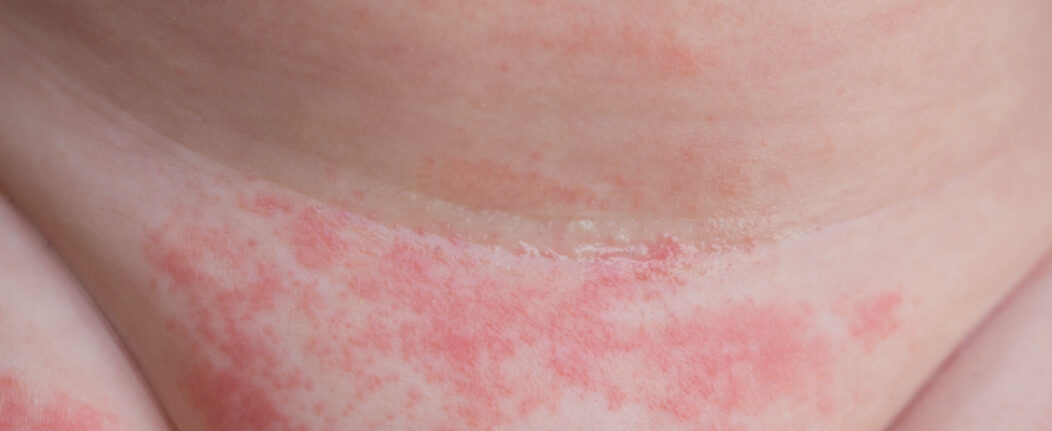Honest skin advice from the world’s purest baby wipes
a is for acne
Sometimes it’s hard finding information about unexpected rashes, bumps and irritations, so as a brand created to gently care for sensitive skin, we made the ABC of Baby Skin. Validated by consultant dermatologist Dr Alexis Granite, it’s full of expert advice on everything from newborn rashes to weaning milk spots.
Baby acne (or erythema toxicum) is a common, skin condition that usually develops on babies’ cheeks, in the first few months of life.1
The main symptom of baby acne is a red, blotchy rash on your baby’s skin with little, raised spots. Babies usually get spots on their face, often on the cheeks, nose and forehead, but acne can also appear on their body – you might notice spots on your baby’s neck, back or chest.
Continue reading
You might also like: Newborn baby acne: what it is, treatment, causes & signs
b is for bug bites
When it comes to your little one, bug bites may cause you some concern or worry. Most are harmless and cause temporary itchiness and pain.
There are many different types of bug bites and stings, caused by anything from mosquitoes to bees to spiders. Not all hurt; however, some might cause a bit of pain, but usually aren’t anything to worry about.
c is for cradle cap
Cradle cap is a harmless skin condition that's very common in babies. It is not itchy or painful and shouldn’t bother your baby at all.2 It usually clears up on its own, but there are things you can do to make it better. You can also speak to your pharmacist about certain treatments.
continue reading
You might also like this article by Dr Stephanie Ooi: Getting your head around newborn baby cradle cap
d is for diaper rash
- Diaper rash is the inflammation of baby's skin around baby’s behind, often caused by a diaper rubbing or from prolonged contact with a damp or soiled diaper.3 It is an extremely common condition. In fact research from WaterWipes revealed that nearly 9 in 10 parents (92%) said their baby experienced it.
Diaper rash is the inflammation of baby's skin around baby’s behind, often caused by a diaper rubbing or from prolonged contact with a damp or soiled diaper.3 It is an extremely common condition. In fact research from WaterWipes revealed that nearly 9 in 10 parents (92%) said their baby experienced it.
e is for eczema
Baby eczema often appears in the first year, and looks like patches of dry, red, scaly skin that feels quite rough – it causes the skin to become itchy, dry and cracked. It should not be confused with cradle cap . Atopic eczema is the most common type affecting babies, and this tends to flare up in areas such as the crook of the arm or behind the knees.5
You can download WaterWipes Eczema Guide, prepared by our Healthcare Professional Team:
continue reading
You might also like: newborn baby eczema tips: symptoms, causes and treatments.
f is for face scratching
It is normal for babies to scratch their face, and there are things you can do to try and stop your baby from doing this. They will usually heal by themselves, without any need for medical intervention.
continue reading
You might also like: baby scratching face: why babies scratch their faces and how to treat them
g is for grazes
As babies start to move around more, it is very normal for them to get grazes and cuts. They will be exploring the world and are keen to get into everything! Most will be minor and can be easily treated at home, but for any concerns please always speak to your pediatrician or your Primary Care Physician.
continue reading
You might also like cuts and grazes on babies & toddlers: what’s the difference and how to treat baby grazes
h is for hives
Hives cause a raised, itchy rash. They can look red, but this may be less noticeable on brown and black skin. They usually occur when your little one’s body releases histamine in reaction to contact with something external or internal.6
continue reading
You may also this article by Expert dermatologist Cairine Wilkinson: newborn baby hives – symptoms, causes and treatment
i is for impetigo
Impetigo is a skin infection that's very contagious but not usually serious. This condition is the most common skin infection among babies and young children7 and often gets better in seven to ten days if you get treatment.
j is for jaundice
Jaundice is a common and usually harmless condition in newborn babies that causes yellowing of the skin and the whites of the eyes.9 Your baby will be examined for signs of jaundice within 72 hours of being born, so it should be noticed in hospital or by a midwife, before baby goes home. It tends to get better without treatment by the time the baby is about two weeks old.9 Babies will also have a heel-prick test at around five days, to test for the condition.
continue reading
You might also like this article by midwife Marie-Louise: What to do when your newborn has jaundice
k is for keratosis
Keratosis pilaris is a very common and harmless condition where small bumps appear on the skin. It can affect people of all ages, so does sometimes affect babies.10
Keratosis usually presents as patches of small bumps on the arms, thighs or bottom, but they can appear in other places where hair follicles are. It is a long-term skin condition, but with many people, the bumps go away as they get older.
l is for lumps
- Babies can experience all different types of lumps and bumps. Most will be harmless and nothing to worry about and could be things like a verruca or a wart. These are uncommon in very young babies.
Warts and verrucas are small lumps on the skin that usually go away on their own but may take months or even years to resolve.
m is for milk spots
Milk spots (milia) are the appearance of tiny, slightly raised, yellowish spots or white bumps on your baby's face. They are essentially small cysts and are most commonly seen across the nose, chin, cheeks, chest, forehead or around the eyes of a baby.
n is for neonatal skin
A ’premature’ or ’preterm’ baby is one that is born before 37 weeks. If your baby is born prematurely, then you are likely to have to spend some time in the hospital with your little one after giving birth. In some cases, pre-term labor is planned and induced because it's safer for the baby to be born sooner rather than later.
o is for oral thrush
- Oral thrush is a yeast infection that often appears as white creamy spots or patches that coat your baby's mouth, tongue and gums. It is harmless and can be easily treated
Oral thrush is caused by a yeast or fungus and occurs because a baby's immune system hasn’t fully matured or developed. If your baby has oral thrush, they may be struggling to feed and may also experience diaper rash.
p is for patches
Patches or (birthmarks ) are colored marks on the skin that are present at birth or soon afterwards. Most are harmless and disappear without treatment, but some may need to be treated depending on the size and position.15
continue reading
You may also like this article by expert dermatologist Cairine Wilkinson: On your marks: a dermatologist’s guide to your baby’s birthmarks
q is for questions
When you bring your new baby home, you’ll be filled with questions on how to look after your little one. Being a new parent can be overwhelming – here we address some of the most common questions you might have, from feelings of self-doubt to skincare challenges. For everything else, make sure you speak to your healthcare professional.
r is for rash
- A rash is an area of irritated or inflamed skin, which can often be bumpy, uncomfortable or itchy. If your baby experiences a rash, you might assume the worse – but, don’t worry most are completely harmless.
However, if you notice your little one has a rash that spreads, doesn’t fade when a glass is pressed against it or they have other symptoms (such as a high temperature), you should call 911 or go straight to the emergency room.
s is for sensitive skin
- Sensitive skin is skin that is more prone to irritation or inflammation, particularly in relation to harsh ingredients or products. Babies have particularly sensitive skin.
Sensitive skin in babies is common; as newborn’s skin is much thinner than that of an adult. It can therefore lose moisture more quickly, making it prone to dryness. Treating or managing your baby’s sensitive skin typically involves finding and eliminating any triggers or irritants. Try keeping a journal and noting down when flare ups occur.
t is for teething rash
During teething, many babies experience discomfort. Teething usually starts at around six to 12 months old and by three years old your little one should have all their baby teeth. Although some babies are born with teeth! Of course, all babies are different, so don’t be alarmed if your baby is early or later than others.16
continue reading
You may also like: Teething rash: what is teething rash, what does it look like & how to treat it
u is for umbilical cord care
A baby will still have their umbilical cord stump for the first few days or weeks, and it will take about a week for it to dry out and drop off.17 Don’t worry if it falls off before or takes a little longer – all babies are different.
continue reading
You may also like this article by midwife Marie Louise: The ins and outs of umbilical cord care
v is for vitiligo
Vitiligo is a long-term skin condition that causes patches of skin to lose their color. It's caused by a lack of melanin and can affect any part of the body. However, it is most common on the face, hand, genitals and chest. It can also cause the hair or eyelashes to turn white or grey.
w is for wipes
As a parent you’ll be using a lot of wipes when cleansing your babies’ delicate skin. Wipes can be used for all manner of things, including wiping their face, wiping up any mess, cleaning their hands and for wiping their bottoms when changing. WaterWipes have minimal ingredients and are perfect for use on babies’ sensitive skin.
Find out where to buy
x is for expert advice
When you have a newborn, it can be overwhelming, and you may feel slightly isolated or alone. It takes a village to raise a child, and there are a variety of experts and healthcare professionals you can call upon for help and support.
y is for yum
Weaning is an exciting and important stage in your baby’s development. Introducing your baby to solid foods, starts when your baby is around six months old – be prepared, it can get a little bit messy!
continue reading
Ideal for weaning, discover more about WaterWipes Textured Clean
z is for zzzz
It's no secret that a night of solid sleep is a thing of the past once you bring your new bundle of joy home. But, there are things you can do to help your little one sleep at night, including ensuring their skin can breathe. Remember, every baby is different – and what might work for one baby, won’t necessarily work for another.
Taking care of sensitive baby skin
Taking care of sensitive baby skin
Did you know...?
- WaterWipes are suitable for use on sensitive and newborn skin.
- Made with 99.9% purified water and a drop of fruit extract, WaterWipes provide a gentle and effective clean.
- Our wipes are suitable for premature skin and are used in NICUs around the world.
- We’re also the world’s purest baby wipes.
- Approved by Skin Health Alliance and accepted by the National Eczema Association of America.
